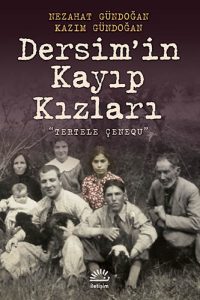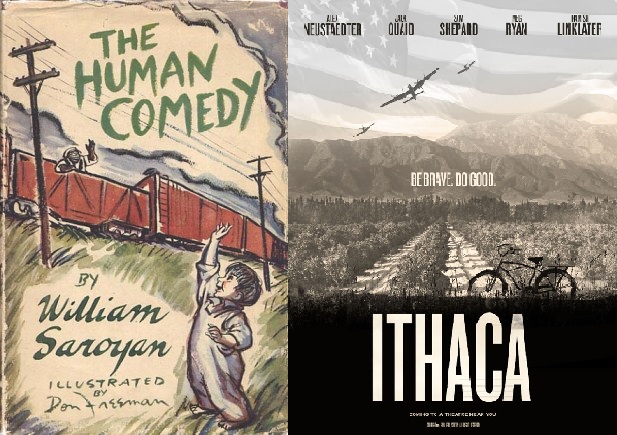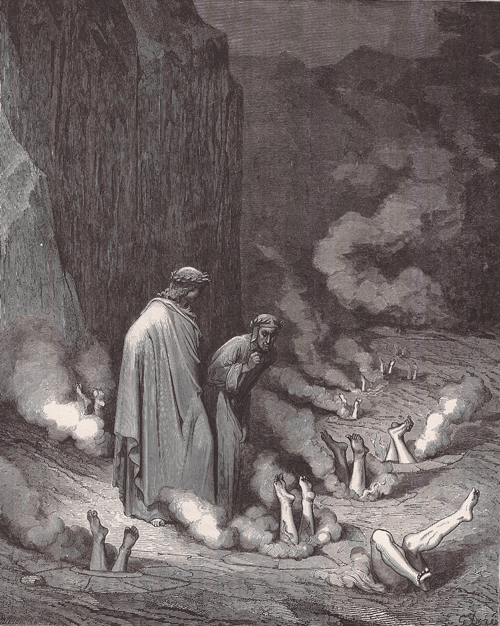By Hambersom Aghbashian
Nezahat Gundogan (born in 1968 in Erzincan, Turkey) is a Turkish writer and film maker. She finished her high school in Istanbul. In 1987, she was enrolled in Trakya University-Department of Architecture-Faculty of Engineering and Architecture, but due to her political thoughts, she had to stop her education and spend 6.5 years in jail. She was released from prison in 2001, and attended the cinema course organized by the Human Rights Foundation of Turkey (TİHV), and completed her postponed architectural education. She is the director of many films including (Two Locks of Hair: The Lost Girls of Dersim, Hay Way Zaman, Vank’in Cocuklari,) and others. She was awarded with the “Golden Orange Documentary Competition Jury Special Award (National)”. She is married and has a child.


Panarmenian.Net added that “Whereas the first documentary featured the testimonies of female children who were forcibly taken away from their families, the sequel, in turn, will include the accounts of the families of the troops who took them away. Documentary filmmakers Kazım and Nezahat Gündoğan will also investigate the parallels between the massacre in Dersim – which is now the eastern province of Tunceli – and the Armenian Genocide of 1915.” (1)
Hrant Dink Vakfı (Hrant Dink Foundation), organized a conference on Islamized Armenians: “Memory, Ethnicity, Religion: Dersim”. during November 2-4, 2013. Panel 7 of the conference was chaired by Murat Yüksel, participants were Nezahat Gündoğan and Kazım Gündoğan (Armenians in 1937-38 Dersim’s Tertele), Hranush Kharatyan (I am from Dersim: Avoiding Identity among Dersim Population and Alevized Armenians of Dersim), Gökçen B. Dinç, (Protected but Discriminated: Dersim Armenians). The Conference, which was organized by Hrant Dink Foundation with the cooperation of Boğaziçi University history department and MalatyaHAYDer, with the support of Friedrich Ebert Foundation, Chrest Foundation and Olof Palme International Center, took place at Boğaziçi University’s Albert Long Hall during 2-4 November 2013. It was intended as a gateway to amplify the academic research on the issue, consisted of eight panels in three days, one round table meeting, one forum and one workshop. Simultaneously with the conference, movie screenings were arranged. (2)
The “Ottoman Cataclysm: Total War, Genocide and Distant Futures in the Middle East (1915-1917)” symposium was held in University of Zurich, during October 28, 2015 – October 31, 2015, and consisted of seven panels and three roundtables including the screening of a documentary. A group of internationally renowned historians discussed the demise of the Ottoman Empire which is a breaking moment in the history of the Middle East and Europe taking its ethnic, religious and social fabric in the 1910s into consideration. The breakdown of the Ottoman Empire is also a period of massive destruction, human suffering, and squandered opportunities for peace. The conference discussed current debates on World War I in the Ottoman world and possible impacts of the revisionist historiography on the history-writing of wider Europe and the Middle East. The Dersim genocide of 1938 and the commemorations of that event during the centennial commemorations of the Armenian genocide in April 2015 in Turkey were the last two topics of the conference. Nezahat Gündoğan and Kazım Gündoğan’s (both Istanbul) documentary “Children of the Monastry” deals with the genocide of the Alevis and Armenians of Dersim in 1938 and the experience of the surviving children. The documentary showed how Armenian children grew up in Turkish or Kurdish families, converting to Islam or to Alevism without their later families knowing anything about it. (3)
Nezahat Gundogan is the co-auther of “Dersim’in Kayip Kizlari- 2012” – “Dersim’s Lost Girls.” book
1 http://www.panarmenian.net/eng/news/100678/Turkish_filmmakers_to_investigate_parallels_between_Dersim_Armenian_
Genocide
2-https://www.youtube.com/watch?v=axzaTejJYYA
3-http://www.hsozkult.de/conferencereport/id/tagungsberichte-6445










